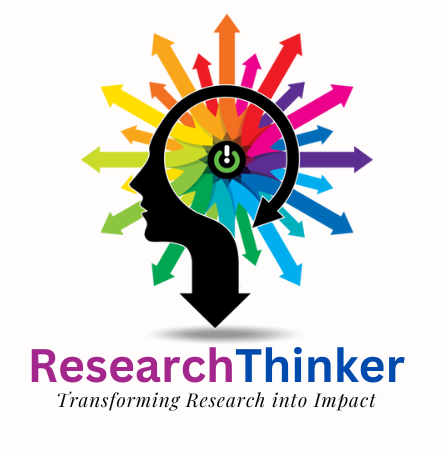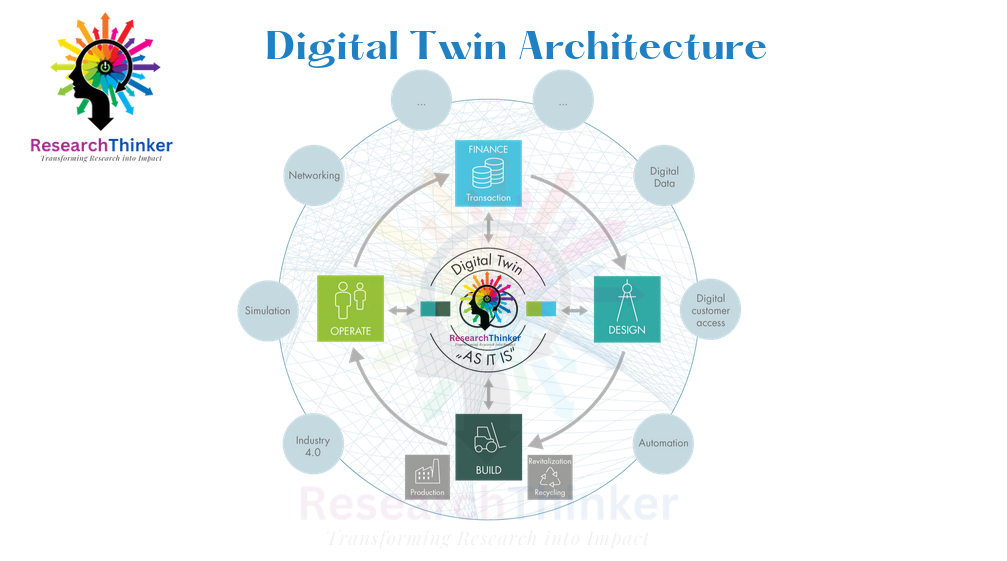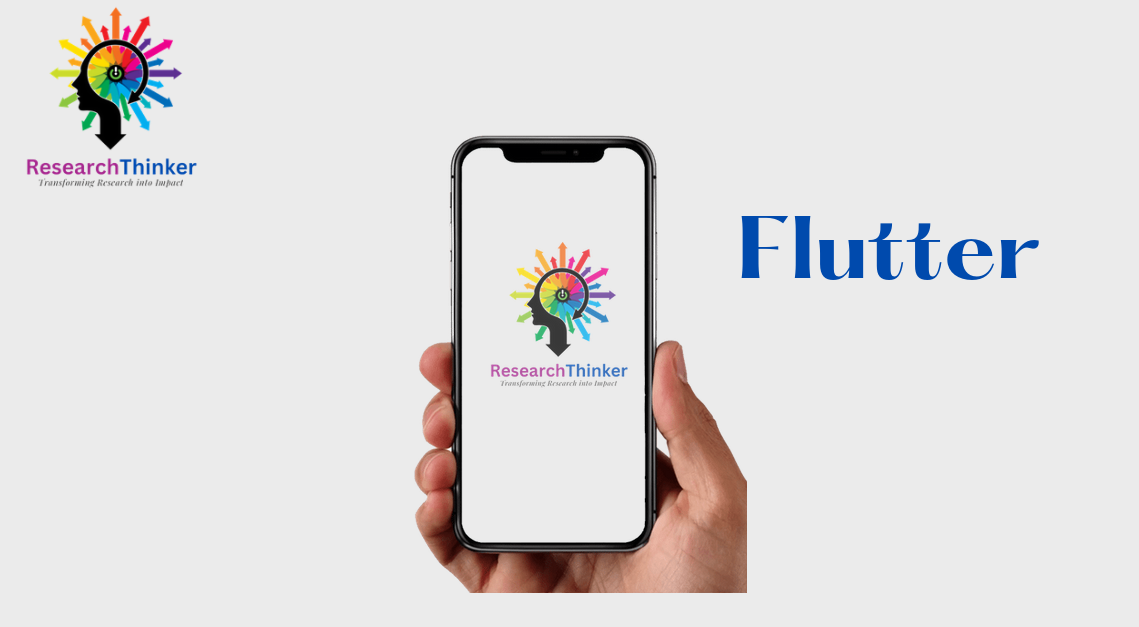Understanding Digital Twin Architecture: Key Elements and Components
Digital twin architecture refers to the structure and components of a digital twin system. A digital twin system typically consists of the following key elements:
- Physical System: The physical system is the real-world object or process that the digital twin is modeling. This can be a piece of machinery, a building, a vehicle, or any other physical system.
- Sensors and Data Sources: Sensors and other data sources are used to collect data about the physical system, including information about its condition, performance, and environment. This data is then used to create a virtual model of the physical system.
- Data Acquisition: Data is collected from various sources, such as sensors, IoT devices, external systems, and manual inputs. This data represents the real-time or historical state, behavior, and characteristics of the physical object or system.
- Data Ingestion: The acquired data is ingested into the digital twin architecture. This may involve data preprocessing, transformation, and normalization to ensure compatibility and consistency.
- Data Integration: The ingested data is integrated with the digital twin model, forming a unified view of the digital twin’s state. This integration involves mapping the collected data to the appropriate attributes and parameters of the digital twin model.
- Data Analytics and Machine Learning: Data analytics and machine learning algorithms are used to analyze the data collected from sensors and other sources, and to identify patterns and anomalies that can be used to predict future performance or detect potential issues.
- Digital Twin Model: The digital twin model is a virtual representation of the physical system, created using data collected from sensors and other sources. The model can be used to simulate different scenarios and test different strategies for optimizing performance and minimizing downtime.
- Visualization and User Interface: Visualization and user interface tools are used to enable users to interact with the digital twin model, and to visualize data and insights in a way that is easy to understand.
- Feedback Loop: Feedback from the user interface or external systems can be captured and used to update the digital twin model or trigger actions in the physical object. This feedback loop helps in continuously improving the accuracy and effectiveness of the digital twin.
- Communication and Integration: The digital twin architecture may need to communicate with external systems, such as maintenance systems, supply chain systems, or control systems. This integration ensures the seamless exchange of information, enabling coordinated actions and decision-making.
- Data Storage: Data collected, integrated, and processed within the digital twin architecture is stored in appropriate databases or storage systems. This enables historical analysis, trend identification, and retrospective evaluations.
- Cloud Computing and Storage: Cloud computing and storage technologies are used to store and process the large amounts of data generated by digital twin systems, enabling real-time monitoring and analysis of performance data.
- Security and Privacy: Robust security measures, data encryption, access controls, and privacy mechanisms are implemented to protect the data, the digital twin model, and the overall architecture from unauthorized access, tampering, or breaches.
Note:- This is the general framework for understanding the flow of data and interactions within a digital twin architecture. It’s important to note that the specific architecture of a digital twin may vary depending on the application, complexity of the physical system, and organizational requirements.





